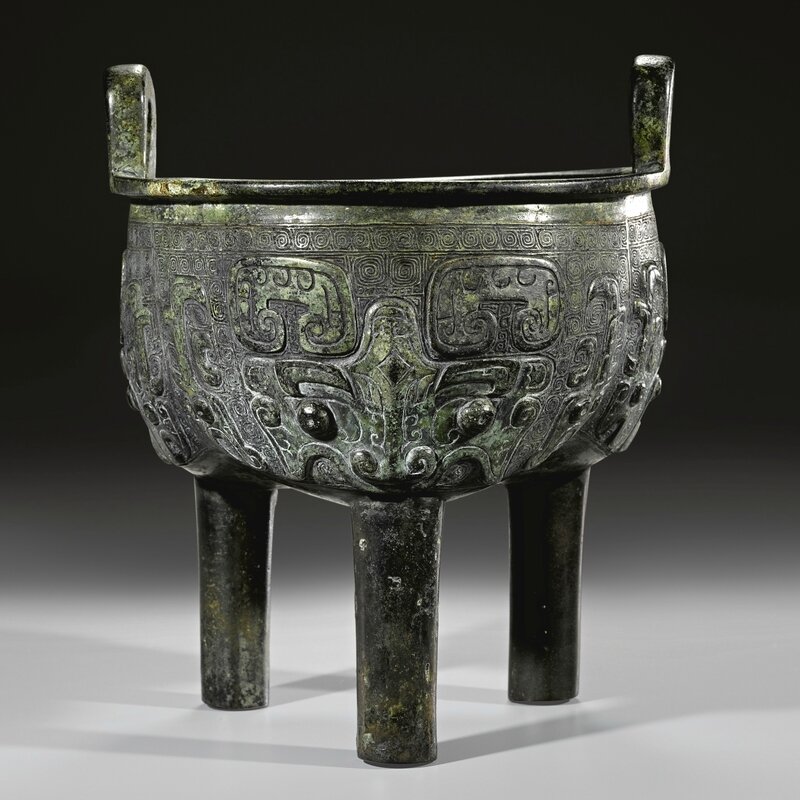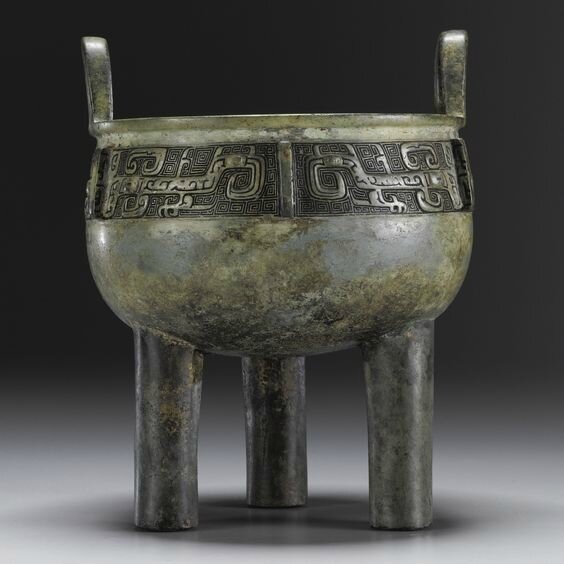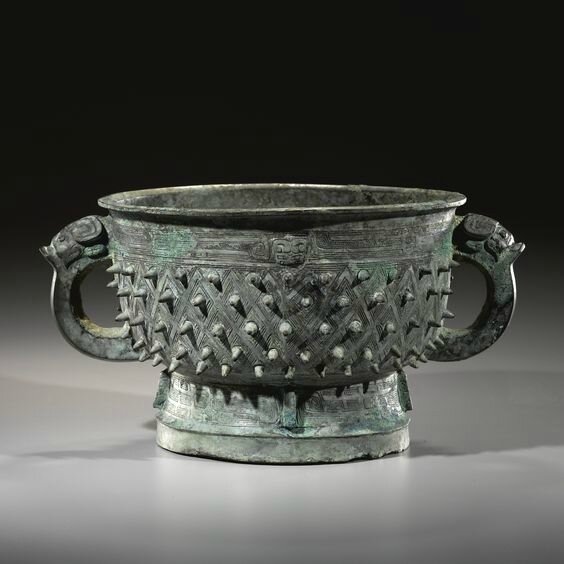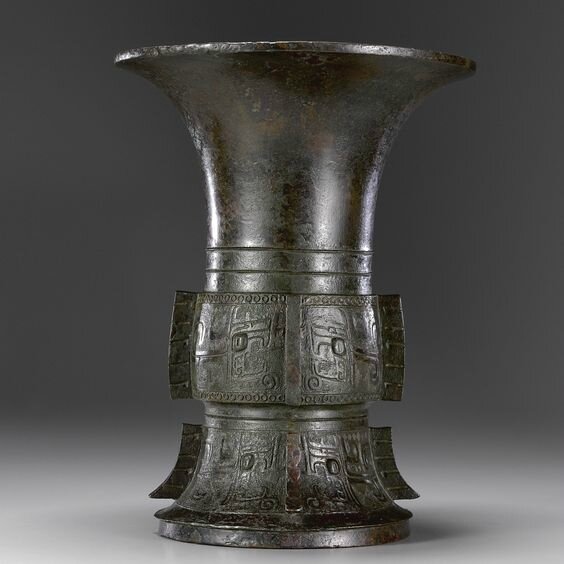![3888-011_WSS]()
Michel Sittow, Mary Rose Tudor (1496–1533), Sister of Henry VIII of England, c. 1514, oil on panel
Kunsthistorisches Museum Vienna, Gemäldegalerie, KHM—Museumsverband
WASHINGTON, DC.- Considered Estonia's greatest Renaissance artist, Michel Sittow (c. 1469–1525) was sought after by the renowned European courts of his day, including those of King Ferdinand of Aragón and Queen Isabella of Castile, Philip the Handsome, Margaret of Austria, and Christian II of Denmark. In celebration of the centennial of the establishment of the Republic of Estonia, Michel Sittow: Estonian Painter at the Courts of Renaissance Europe provides an exceptional opportunity to examine the rare and masterful works attributed to Sittow. The exhibition explores the artist's possible collaboration with Juan de Flandes (1460–1519), his relationship with his Netherlandish contemporaries, and the influence of his likely teacher, Hans Memling (active c. 1465–1494).
Michel Sittow, the first monographic exhibition of the artist, features some 20 works and brings together most of the artist’s 13 known paintings. The exhibition is on view from January 28 through May 13, 2018, in the West Building of the National Gallery of Art, Washington, and from June 8 through September 16, 2018, at the Art Museum of Estonia, Tallinn, where it will be on view at the Kumu Art Museum.
![3888-012_WSS]()
Michel Sittow, A Young Man in a Red Cap, 1490s, oil on panel, overall: 16.4 x 12.9 cm (6 7/16 x 5 1/16 in.), Detroit Institute of Arts, Gift of Anne and Henry Ford II. Bridgeman Images.
“The first monographic exhibition of Sittow’s work, Michel Sittow: Estonian Painter at the Courts of Renaissance Europe offers an opportunity to celebrate one of the masters of Early Netherlandish art,” said Earl A. Powell III, director, National Gallery of Art, Washington. “We are grateful to our partner, the Art Museum of Estonia, and their team at the Kumu Art Museum, where the exhibition will be on view, as well as to public and private collections in the United States and Europe that have generously lent to this exhibition.”
Michel Sittow: Estonian Painter at the Courts of Renaissance Europe is the first monographic exhibition devoted to the artist and provides an opportunity for a systematic technical investigation of the works attributed to him. The exhibition includes some 20 paintings from American and European collections, including 13 paintings by Sittow, as well as works by Juan de Flandes, Hans Memling, and Jan Gossaert that provide a context for understanding Sittow's achievement.
Among the highlights are The Assumption of the Virgin (c. 1500/1504, National Gallery of Art) and The Ascension of Christ (c. 1500/1504, private collection), the only two securely documented works by Sittow. Commissioned by Queen Isabella of Castile, they were among 47 panels of an altarpiece dedicated to the life of Christ and the Virgin Mary. After Isabella's death in 1504, 32 of these panels, including these two and The Temptation of Christ (c. 1500/1504, National Gallery of Art) by Juan de Flandes, entered the collection of Archduchess Margaret of Austria. Depicting Sittow's mastery of color and delicate atmospheric effects, The Assumption of the Virgin has three known copies, and is recognized as an influential source for Joachim Patinir's Assumption of the Virgin (c. 1500–1520, Philadelphia Museum of Art).
![d53e08f02ca06303d8f03fba34b5f7cd]()
Michel Sittow, The Assumption of the Virgin, c. 1500/1504, oil on panel, painted surface: 21.1 x 16.2 cm (8 5/16 x 6 3/8 in.), overall (panel): 21.3 x 16.7 cm (8 3/8 x 6 9/16 in.), framed: 35.5 x 31.1 cm (14 x 12 1/4 in.), National Gallery of Art, Washington, Ailsa Mellon Bruce Fund.
![3888-002_WSS]()
Michel Sittow, The Ascension of Christ, c. 1500/1504, oil on panel, overall: 21.9 x 16.6 cm (8 5/8 x 6 9/16 in.). Private collection.
Also included is the Portrait of the Danish King Christian II (1514/1515, Statens Museum for Kunst, Copenhagen), one of the few works by Sittow that is both firmly dated and in which the sitter’s identity is confirmed; x-rays reveal another portrait, possibly of Charles V, Holy Roman Emperor, underneath the painting, demonstrating Sittow’s reuse of panels. The exhibition also reunites two panels originally hinged together to form the devotional diptych—Madonna and Child (c. 1515/1518, Gemäldegalerie, Berlin) and Portrait of Diego de Guevara (?) (c. 1515/1518, National Gallery of Art). Other highlights include Portrait of a Man (c. 1510, Mauritshuis, The Hague), as well as two portraits linked to the Tudor court in England: Catherine of Aragon as the Magdalene (c. 1515, Detroit Institute of Arts), and Mary Rose Tudor (1496–1533), Sister of Henry VIII of England (c. 1514, Kunsthistorisches Museum, Vienna), previously known as a portrait of Catherine of Aragón, and recently re-identified as the youngest sister of Henry VIII.
![3888-007_WSS]()
Michel Sittow, Portrait of the Danish King Christian II, 1514/1515, oil on panel, overall: 30.8 x 22.3 cm (12 1/8 x 8 3/4 in.), Statens Museum for Kunst, Copenhagen © SMK Photo
![3888-008_WSS]()
Michel Sittow, Portrait of Diego de Guevara (?), c. 1515/1518, oil on panel, overall: 33.6 x 23.7 cm (13 1/4 x 9 5/16 in.), framed: 54.9 x 46.3 cm (21 5/8 x 18 1/4 in.), National Gallery of Art, Washington, Andrew W. Mellon Collection.
![3888-009_WSS]()
Michel Sittow, Madonna and Child, c. 1515/1518, oil on panel, unframed: 33.1 x 25.6 cm (13 1/16 x 10 1/16 in.), framed: 42.9 x 35.4 cm (16 7/8 x 13 15/16 in.), Gemäldegalerie, Staatliche Museen zu Berlin, Property of Kaiser Friedrich Museumsverein, Gemäldegalerie, Staatliche Museen zu Berlin, Preußischer Kulturbesitz Property of Kaiser Friedrich Museumsverein. Photo: Jörg P. Anders.
![3888-006_WSS]()
Michel Sittow, Portrait of a Man, c. 1510, oil on panel, overall: 35.9 x 25.8 cm (14 1/8 x 10 3/16 in.). Mauritshuis, The Hague, Purchase made possible by the testamentary disposition of Mr. Volz and with the support of the Rembrandt Association, 1946, Mauritshuis, The Hague. Photo by Margareta Svensson.
![3888-010_WSS]()
Michel Sittow, Catherine of Aragón as the Magdalene, c. 1515, oil on oak panel, overall: 32.1 x 24.6 cm (12 5/8 x 9 11/16 in.), Detroit Institute of Arts, Founders Society Purchase, General Membership Fund. Bridgeman Images.
![3888-011_WSS]()
Michel Sittow, Mary Rose Tudor (1496-1533), Sister of Henry VIII of England, c. 1514, oil on panel, overall: 29 x 20.5 cm (11 7/16 x 8 1/16 in.), framed: 36 x 27.7 x 5 cm (14 3/16 x 10 7/8 x 1 15/16 in.), Kunsthistorisches Museum Vienna, Gemäldegalerie, KHM - Museumsverband.
Michel Sittow (1469–1525)
Michel Sittow was born in the Hanseatic port city of Reval, now Tallinn, in Estonia and probably received his earliest training from his father, also a painter and sculptor. Sittow moved to Bruges in 1484 where he presumably apprenticed under Hans Memling, that city’s leading painter. Memling’s influence can be seen in Sittow’s Madonnas and portraits. Sittow did not register as a master with the Bruges guild and his whereabouts are unknown before 1492 when he entered the service of Queen Isabella of Castile, where he was prized as a portrait painter.
He is known to have collaborated with Juan de Flandes on the series of small panels depicting the lives of Christ and the Virgin for Queen Isabella. He remained in Isabella's service until her death in 1504, but was apparently absent from Spain after late 1502. Suggestions that he visited the courts of Margaret of Austria and Henry VII of England shortly after 1502 remain unsubstantiated, although he was certainly in Brabant at the end of 1505 or early in 1506, working for Duke Philip the Handsome. Sittow returned to Reval in 1506 to settle his inheritance and remained there, receiving membership in the artists' guild late in 1507 and marrying in 1509. He was called away from Reval in 1514 to paint the portrait of Christian II of Denmark, the future husband of Margaret of Austria's niece, Isabella. Sittow then began a second, shorter period of service at the court of Margaret of Austria and her nephew, the future Emperor Charles V, in the Netherlands. This was interrupted by a brief trip to Spain to negotiate the salary still owed him. By July 13, 1518, when he married again, Sittow was back in Reval. He lived there, a prosperous and respected citizen, until his death in late December 1525.
![3888-028_WSS]()
Attributed to Michel Sittow, The Virgin with Child and Apple, 1480s (?), oil on panel, overall: 33.7 x 23.9 cm (13 1/4 x 9 7/16 in.), Szépmüvészetí Múzeum / Museum of Fine Arts, Budapest © Szépmüvészetí Múzeum / Museum of Fine Arts, Budapest, 2017
.
![3888-027_WSS]()
Michel Sittow, Portrait of a Man with a Book, c. 1515, oil on panel, overall: 25 x 16 cm (9 13/16 x 6 5/16 in.), Royal Museum of Fine Arts Antwerp (KMSKA), Royal Museum for Fine Arts Antwerp © Lukas-Art in Flanders vzw, photo Rik Klein Gotink.
![nga-2]()
Michel Sittow, The Portrait of a Man with the Pearl, 1515–1517, oil on panel, overall: 22.4 x 17.8 cm (8 13/16 x 7 in.), framed: 32.5 x 28.5 cm (12 13/16 x 11 1/4 in.). Royal Collection, Patrimonio Nacional, Palacio Real de Madrid © Patrimonio Nacional / photographer Joaquín Cortes.
![Tallinn-WSS]()
[Left] Michel Sittow and Workshop, Saint James the Great and the Virgin and Child, c. 1520, oil on panel, overall: 189 x 96 cm (74 7/16 x 37 13/16 in.), Art Museum of Estonia - Niguliste Museum;
[Right] Michel Sittow and Workshop, Saint Adrian and Saint Anthony, c. 1520, oil on panel, overall: 189 x 94 cm (74 7/16 x 37 in.), Art Museum of Estonia - Niguliste Museum.
![3888-013_WSS]()
Michel Sittow, Portrait of a Man with a Rosary, c. 1520, oil on panel, overall: 33.6 x 22.8 cm (13 1/4 x 9 in.), framed: 39 x 28.5 cm (15 3/8 x 11 1/4 in.). Private collection, Courtesy of Het Noordbrabants Museum, 's-Hertogenbosch, Netherlands.
![3888-030_WSS]()
Michel Sittow, Portrait of a Woman, early 16th century, oil on panel, unframed: 22.5 x 15.5 cm (8 7/8 x 6 1/8 in.), framed: 28.8 x 21.7 x 5 cm (11 5/16 x 8 9/16 x 1 15/16 in.), Kunsthistorisches Museum Vienna, Gemäldegalerie, KHM - Museumsverband
![3888-029_WSS]()
Attributed to Michel Sittow, The Nativity at Night, early 16th century, oil on panel (oak), unframed: 38.1 x 30.16 cm (15 x 11 7/8 in.), Upton House, The Bearsted Collection (National Trust), United Kingdom © National Trust
![05-509924]()
Netherlandish Artist (formerly attributed to Michel Sittow), The Coronation of the Virgin, c. 1500, oil on panel, overall: 24.5 x 18.3 cm (9 5/8 x 7 3/16 in.), Musée du Louvre – Département des Peintures. Photo: Gerard Blot. © RMN-Grand Palais / Art Resource, NY
![larger]()
Hans Memling, Portrait of a Man with an Arrow, c. 1470/1475, oil on panel; painted surface: 31.3 x 25.1 cm (12 5/16 x 9 7/8 in.); overall (panel): 31.9 x 25.8 cm (12 9/16 x 10 3/16 in.); framed: 40.2 x 32.7 x 6.4 cm (15 13/16 x 12 7/8 x 2 1/2 in.), National Gallery of Art, Washington, Andrew W. Mellon Collection.
![Temptation-of-Christ-in-the-Wilderness]()
Juan de Flandes, The Temptation of Christ, c. 1500/1504, oil on panel, painted surface: 21 x 15.5 cm (8 1/4 x 6 1/8 in.), overall (panel): 21.3 x 16 cm (8 3/8 x 6 5/16 in.), framed: 25.4 x 20.3 cm (10 x 8 in.), National Gallery of Art, Washington, Ailsa Mellon Bruce Fund.
![Jan Gossaert Portrait of a man (5)]()
Jan Gossaert, Portrait of a Man, c. 1520/1525, oil on panel, overall: 40 x 27.5 cm (15 3/4 x 10 13/16 in.), framed: 51 x 38 x 7 cm (20 1/16 x 14 15/16 x 2 3/4 in.), Kunsthistorisches Museum Vienna, Gemäldegalerie, KHM - Museumsverband











































































































